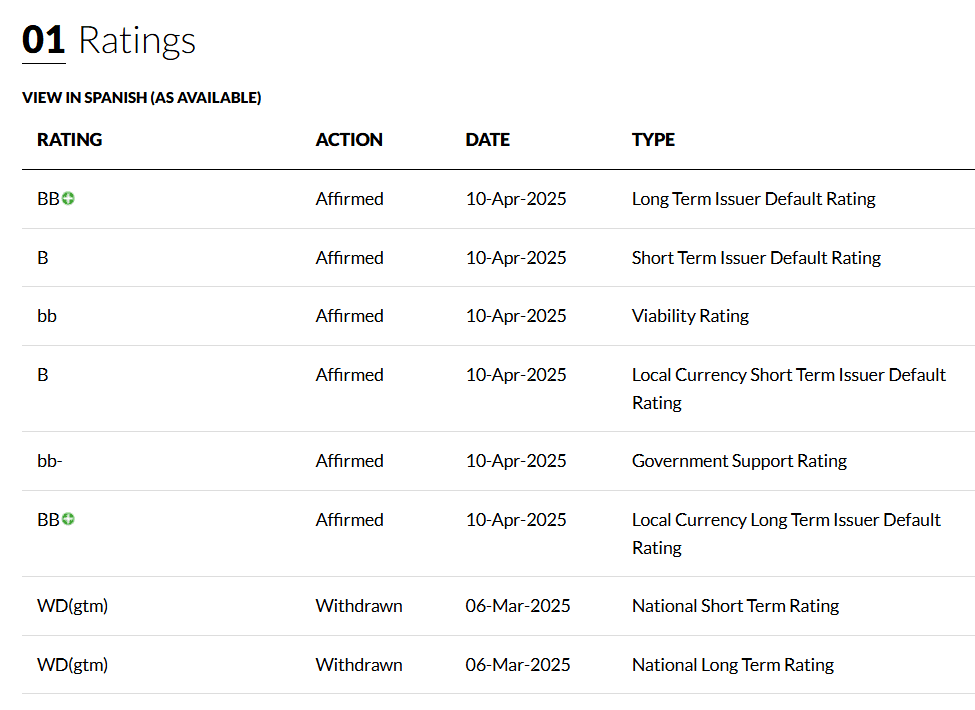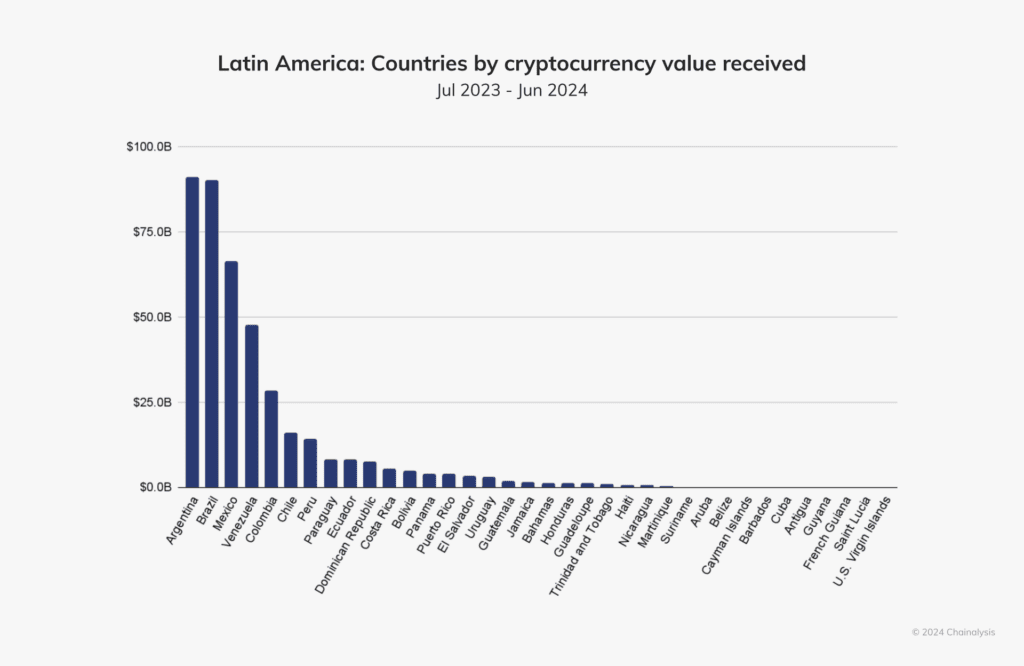Banco Industrial Integrates Blockchain for Cross-Border Payments in Guatemala
Banco Industrial, Guatemala’s largest bank, has partnered with crypto infrastructure provider SukuPay to integrate blockchain technology into its Zigi mobile banking app. This integration allows Guatemalans to receive remittances from the United States more easily and affordably.
Key Takeaways:
- Blockchain Integration: SukuPay’s infrastructure is embedded in the Zigi app, enabling instant remittances.
- Low Fees: Users can receive funds from the US for a flat fee of $0.99.
- User-Friendly: No crypto wallet or IBAN is needed to receive funds.
- Mainstream Adoption: Aimed at making blockchain technology invisible to end-users, removing technical barriers.
According to SukuPay CEO Yonathan Lapchik, the key to widespread blockchain adoption is simplifying the technology for end-users. By building the infrastructure without requiring users to understand the underlying technology, blockchain can reach billions of people.
Banco Industrial: A Major Player
Established in 1968, Banco Industrial has a vast network of over 1,600 service locations across Guatemala. With assets exceeding 150 million Guatemalan quetzals (approximately $20 million USD) as of 2023, the bank is a significant financial institution in the region. This integration marks a milestone as one of the first instances of crypto-native protocols being used within a major Latin American retail bank.

Banco Industrial also operates in Honduras, Panama, and El Salvador and is a crucial player in local remittance markets.
The Importance of Remittances in Latin America
Remittances are essential for Guatemala and the wider Latin American region, representing money sent by migrants back to their home countries. These funds often serve as a crucial lifeline for families and communities.
The Inter-American Development Bank (IADB) projects that remittances to Latin America and the Caribbean will reach around $161 billion in 2024. Individual remittances typically range from $131 to $648 monthly, accounting for 6% to 23% of the sender’s average income. The current method of sending remittance have many limitations which include:
- High Transaction fees
- Delay in payments
- Lack of Transparency
Lapchik emphasized that remittances are vital but currently inefficient, with families losing a significant portion of their funds to fees and delays. By leveraging crypto technology, Banco Industrial aims to address these issues, providing instant and affordable money transfers.
“Crypto solves this when it’s used the right way. It lets us move money instantly and at a fraction of the cost, integrated into the bank apps people already use.”
Latin America’s Growing Crypto Adoption
Latin America is experiencing rapid growth in cryptocurrency adoption. While Guatemala lags behind countries like Argentina, Brazil, Mexico, Venezuela, and Colombia, a 2024 Chainalysis study highlights the increasing use of crypto in the region.
The study identifies stablecoins as a primary driver for crypto adoption in Latin America. Stablecoins facilitate cross-border transactions more efficiently, offering a stable value compared to traditional cryptocurrencies.

Lapchik noted that while stablecoins play a critical role, the focus should be on the seamless experience for the user. By making the technology invisible, the barrier to entry is significantly reduced, fostering wider adoption.
The Future of Remittances with Blockchain
The integration of blockchain technology into Banco Industrial’s Zigi app signifies a significant step towards modernizing remittance services in Guatemala. By reducing fees, speeding up transactions, and eliminating the need for complex financial infrastructure, this initiative has the potential to transform how Guatemalans receive money from abroad. This could also increase the adoption of crypto currency as well as other use cases.
As Latin America continues to embrace cryptocurrency, innovations like this can pave the way for more efficient and accessible financial solutions, empowering individuals and communities across the region.